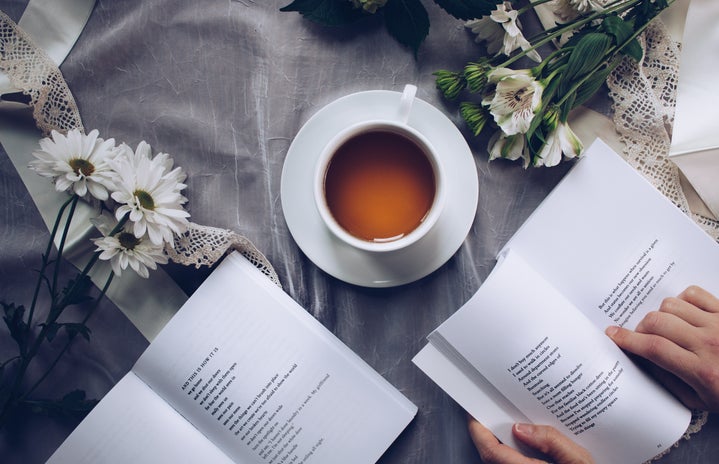We’ve read several poems about love and nature, but none of them compare to the intensity of the words written by a young poet who lived in Amherst, Massachusetts, in the United States. We’re talking about Emily Dickinson’s poems, written in the 1800s.
But in order to learn more about the genius of Emily Dickinson’s poems, we must go back to the origins of this much-misunderstood poet.
Origins
Emily was born and lived in Amherst, United States, and throughout her 55 years, she dedicated her life to poems and letters. With more than 1700 poems written, Dickinson addressed a variety of topics, focusing on love and nature. Although she adopted freestyle in her work, the poet spent much of her life in her own room, barely going out.
Besides that, Emily also had the strange habit of only wearing white dresses. These unique characteristics influenced the curiosity of readers, eager to get to know the mysterious Ms. Dickinson.
Emily’s poems only got recognition after her death in 1830, after her poems were edited by her friends, Thomas W. Higginson and Mabel Loomis Todd, and by her sister-in-law and possible lover Susan Gilbert Dickinson.
However, there are many controversies regarding the first published versions of the poems, as the modifications of the work replaced the originality given by Emily. Nevertheless, only in 1955 the public actually got to know Emily’s poems in her own words and ideas.
A new style
Emily Dickinson faced a sexist society during the 19th Century. Still, she was a woman ahead of time: she explored a different style in her poems that was only introduced to society in the following century, during Modernism.
The poems innovate in aesthetic, the linguistic methods – in the use of ambiguity, irony, ellipses, neologisms, and other methods. Other particularities, such as the constant presence of the hyphen, and the use of capital letters, give the poems enigmatic aspects.
According to Thomas H. Johnson, one of Emily’s first biographers, the genius of her poems lies in the creativity of writing: “Their great contribution to English prosody is due to the fact that they sought to obtain new effects by exploring the possibilities existing in the traditional metrics”
A characteristic that is worth mentioning in the poems is the irregularity of both the stanzas and the verses. The rhymes are not final rhymes, as in most poems, they are internal, giving rhythm and speed to the work while surprising the reader with sudden pauses.
As for the themes of her poems, the innovations start from the questions, paradoxes, personifications, antagonism and the polysemy she proposes. The poems mix deep themes of love and nature with mysterious aspects of these same topics. Even having a more secluded life inside her own room, Emily ventured into the most diverse particularities of nature and the human mind.
The forbidden love
In romance poems, Emily always exposes an intense love that was never revealed, in fact, who was the inspiration for that love. Dickinson never got married, but there are traces of some romance with her sister-in-law Susan H. Gilbert Dickinson.
Susan was married to the poet’s brother, Austin Dickinson, and was the faithful correspondent of Emily’s letters, who always praised her sister-in-law with passionate declarations.
The forbidden love between the two was even turned into a series. Released in 2019, “Dickinson” showed a love story in a different way, encouraging a younger audience to get to know the poet’s trajectory. In the series, Emily Dickinson, played by actress Hailee Steinfeld, builds a romance alongside Susan Gilbert, played by actress Ella Hunt. With poetic license, the series emphasizes how Emily reinvented love poems.
—————————————-
The article above was edited by Carolina Azevedo.
Like this type of content? Check out Her Campus Casper Libero for more!


